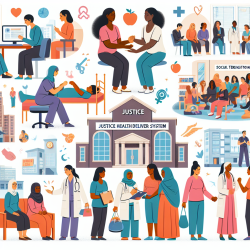Understanding Indicator 11: A Key Measure in Special Education
The Hawaii State Department of Education has always been committed to providing quality education and support services to its students. One of the critical measures in ensuring timely support for students with disabilities is Indicator 11, which tracks the percentage of students evaluated within 60 days of receiving parental consent for initial evaluation.
What Does Indicator 11 Measure?
Indicator 11 is a crucial component of the Individuals with Disabilities Education Improvement Act of 2004 (IDEA), ensuring that students do not experience delays in receiving necessary support and services. The measurement process involves:
- Counting the number of children for whom parental consent to evaluate was received.
- Determining the number of children whose evaluations were completed within the 60-day timeframe (or the state-established timeline).
- Accounting for children who were evaluated beyond the timeline, including reasons for any delays.
Data Considerations
The data for Indicator 11 is collected from the Electronic Comprehensive Student Support System (eCSSS), covering data from July 1 to June 30 each year. Notably, there were no revisions made to Indicator 11 during the Federal Fiscal Year (FFY) 2020 revisions by the Office of Special Education Programs (OSEP).
Why is Indicator 11 Important?
Timely evaluations are essential to ensure that students are not delayed or denied a free appropriate public education (FAPE) as mandated by IDEA. The 60-day evaluation period allows for a prompt determination of eligibility and subsequent access to necessary support services, preventing any disruption in a student's educational journey.
Alignment with Strategic Goals
Indicator 11 aligns with the Hawaii Department of Education’s Strategic Implementation Plan, specifically:
- Goal 2.2: Ensuring all schools are fully staffed by effective support staff committed to providing quality services to students.
- Goal 2.4: Ensuring complex area and state offices are staffed by effective personnel whose work supports student learning.
Performance and Target Setting
OSEP has set a target of 100% for this indicator, emphasizing the importance of timely evaluations. While Hawaii's performance has improved over the years, with 92.52% in FFY 2019, 96.56% in 2020, and 98.52% in 2021, there is still room for improvement to meet the national target.
Comparative Analysis
Based on the 2021 Part B FFY 2019 SPP/APR Indicator Analysis Booklet, Hawaii's performance was slightly below the national average of 95% in FFY 2019. This highlights the need for continued efforts to ensure timely evaluations and adherence to IDEA requirements.
For more information, please follow this link.










